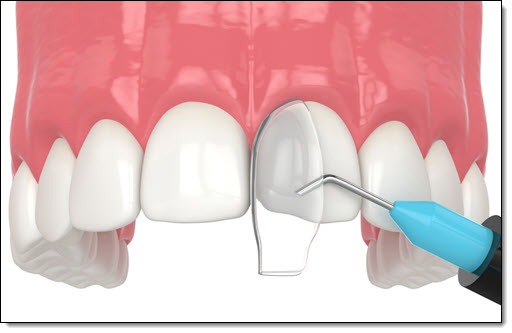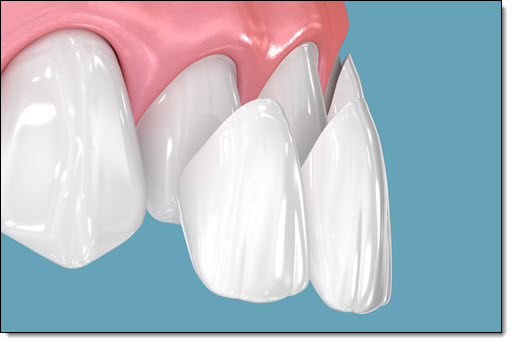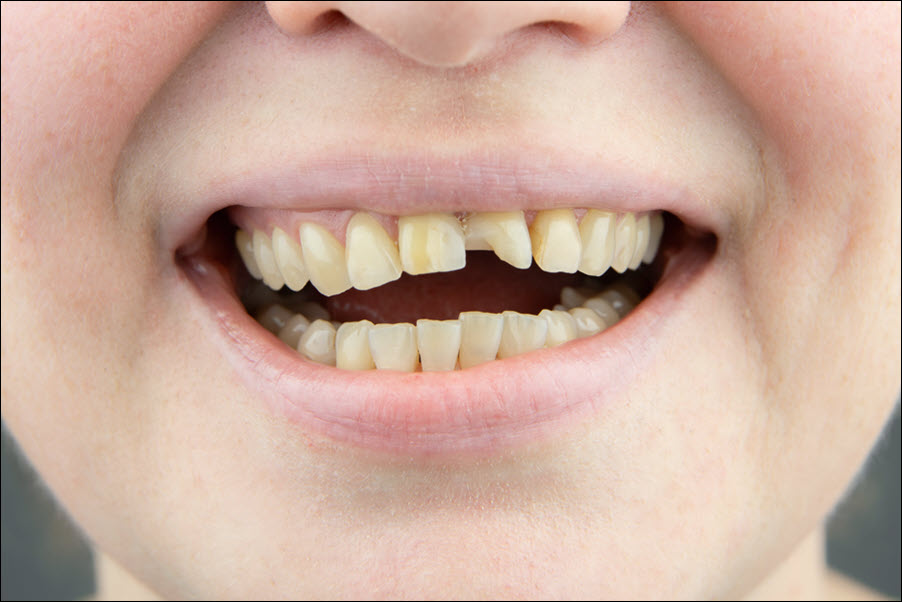Dental Bonding vs. Veneers: Which Is Right for You?
Cosmetic dentistry offers multiple solutions for improving smiles, but dental bonding and veneers are two of the most common. Both treatments enhance appearance, correct flaws, and increase confidence. However, they differ in procedure, cost, durability, and purpose. Patients deciding between bonding and veneers should understand the strengths and limitations of each. With professional guidance, the right choice ensures a smile that is both beautiful and functional.
The Basics of Dental Bonding
 Bonding uses composite resin to repair chips, cracks, gaps, or discoloration. The material is applied directly to the tooth, shaped, and hardened with a special light. Bonding usually requires no anesthesia, making it minimally invasive. It’s completed in one appointment, offering quick results. Affordability is another major advantage—bonding costs far less than veneers. However, bonding is more prone to staining and may last only 5–10 years. Patients who want fast, budget-friendly improvements often choose bonding.
Bonding uses composite resin to repair chips, cracks, gaps, or discoloration. The material is applied directly to the tooth, shaped, and hardened with a special light. Bonding usually requires no anesthesia, making it minimally invasive. It’s completed in one appointment, offering quick results. Affordability is another major advantage—bonding costs far less than veneers. However, bonding is more prone to staining and may last only 5–10 years. Patients who want fast, budget-friendly improvements often choose bonding.
What Veneers Offer
 Veneers are thin porcelain shells that cover the front surface of teeth. They correct discoloration, gaps, chips, and slight misalignments. The process involves removing a thin layer of enamel to make room for the veneer. Custom-made for each patient, veneers deliver highly natural and durable results. With proper care, they last 10–15 years or more. Veneers resist staining better than bonding, making them ideal for patients seeking long-term cosmetic transformation. However, they are more expensive and irreversible once enamel is removed.
Veneers are thin porcelain shells that cover the front surface of teeth. They correct discoloration, gaps, chips, and slight misalignments. The process involves removing a thin layer of enamel to make room for the veneer. Custom-made for each patient, veneers deliver highly natural and durable results. With proper care, they last 10–15 years or more. Veneers resist staining better than bonding, making them ideal for patients seeking long-term cosmetic transformation. However, they are more expensive and irreversible once enamel is removed.
Comparing Costs and Longevity
Bonding offers affordability but requires replacement sooner. Veneers involve higher upfront costs but provide longer-lasting results. Patients should weigh initial expense against durability and maintenance. Those wanting a short-term solution may prefer bonding, while those seeking dramatic, lasting change may invest in veneers. Both treatments improve aesthetics, but veneers offer more stability and fewer touch-ups.
Who Should Choose Each Option?
Bonding suits patients with minor flaws who want quick, conservative treatment. It works well for front teeth with small imperfections. Veneers, however, suit patients with multiple issues, such as discoloration and uneven alignment. They are also better for those seeking a complete smile makeover. Dentists evaluate oral health, goals, and budget before recommending the best option.
Bonding and veneers both enhance smiles but serve different needs. Bonding provides affordable, quick fixes, while veneers deliver long-term transformations. Patients who understand the differences can make informed choices. With professional guidance, both options restore beauty, function, and confidence.



